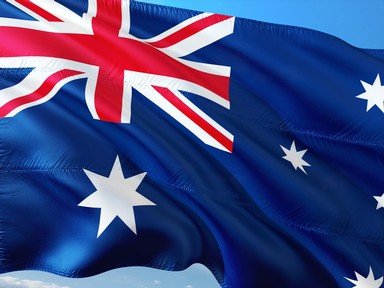Quiz Answer Key and Fun Facts
1. 1981 Nasal CPAP machine
2. 1989 Relenza (Zanamivir) influenza vaccine
3. 1984 Baby safety capsule
4. 2006 Gardasil vaccine against human papillomavirus
5. 1978 Multi-channel cochlear implant
6. 1999 Spray-on skin
7. 1963 Aerogard insect repellent
8. 1965 Disposable sterile medical gloves
9. 1984 Birth of first baby using a frozen embryo
10. 1941 First clinical trials of penicillin
Source: Author
leith90
This quiz was reviewed by FunTrivia editor
ponycargirl before going online.
Any errors found in FunTrivia content are routinely corrected through our feedback system.
